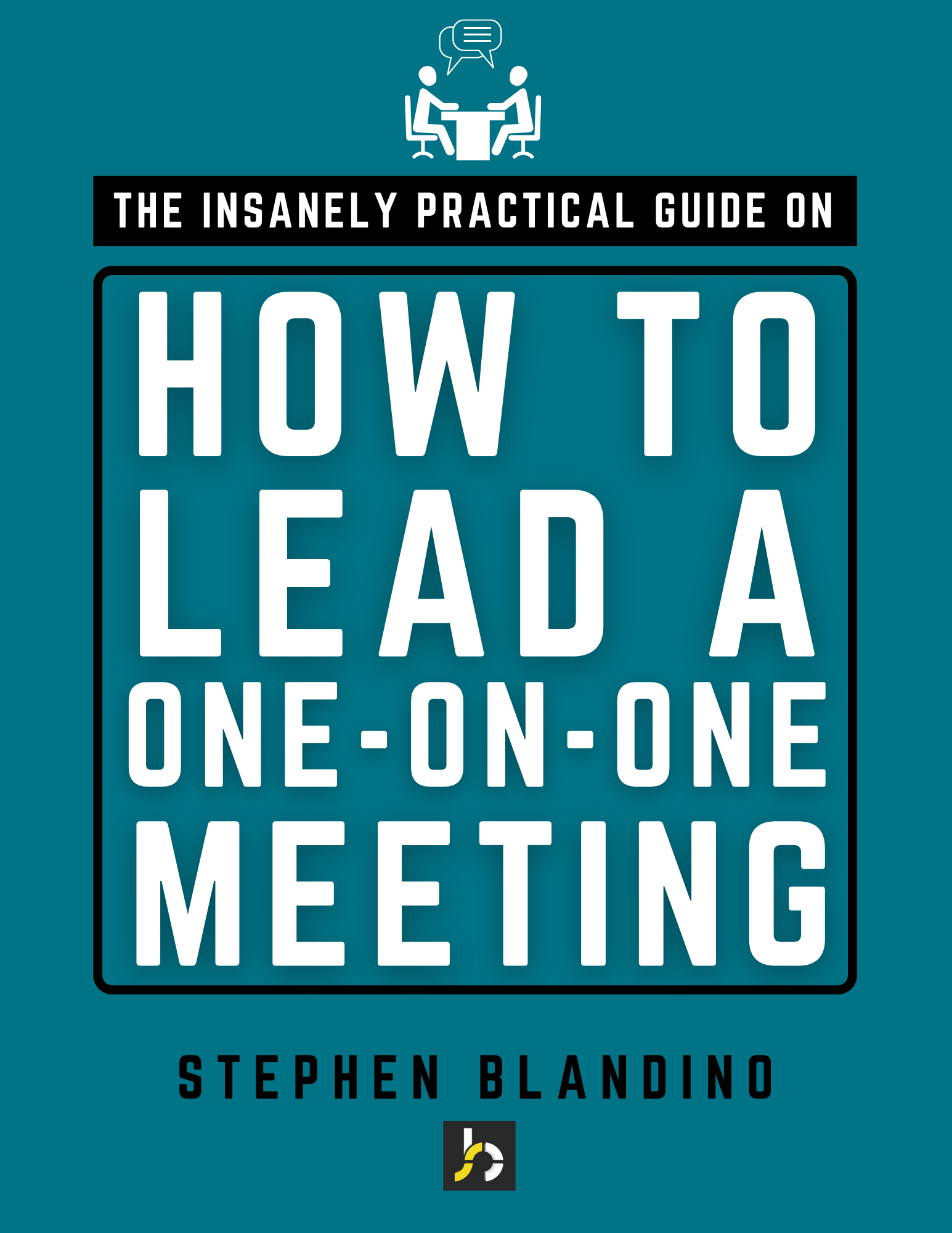Building an effective team is one of the most challenging—and yet most important—keys to long-term growth and impact. It requires time, energy, and an extraordinary amount of intentionality. But the results can be extraordinary. Over the years, I’ve learned ten important keys to build an effective team.
1. Create an Effective Hiring Process
Author Jim Collins said, “The most important decisions that businesspeople make are not what decision, but who decisions.” Because who decisions are so critical, leaders must give meticulous attention to their hiring process. A great hiring system focuses on six keys.
First, clarify the role. Anytime there’s a staff transition, use this time to clarify if you still need the role and what changes you should make to the role. Second, cast a wide net. The larger the number of resumes you get in the pipeline the more options you will have. Third, conduct a multi-stage interview process. Interviews should be conducted by multiple people, and interviews should focus on a variety of areas such as an experience interview, team interview, and an interview that focuses on the candidate’s fit with the role, team, and organization. Our system has five interviews, but there have been times when I’ve conducted even more.
Fourth, capture outside input. You can acquire outside input when you administer assessments to better understand a candidate’s strengths, and when you conduct quality reference checks. Fifth, make a decision. Your hiring decision should be based on everything you’ve learned in the interview process, alignment with the role, and paying careful attention to any red flags. Sixth, welcome the team member. The welcoming process begins by congratulating the candidate, being helpful in the transition process, communicating to your team, and preparing for their arrival.
2. Maximize Your Onboarding System
Onboarding is often the most overlooked part of team building. So often leaders limit the onboarding process to nothing more than logistics and legal paperwork. However, great leaders also help the team member by communicating organizational DNA, how to work with their supervisor, and important staff development training.
To maximize your onboarding system, relentlessly answer this question: what must I do to set my team member up for the greatest success? Your answer to this question should help new staff build relationships, learn important systems and software, gain a rigorous understanding of the organization’s vision, values, and culture, and equip them with tools and training that make them more effective and efficient.
3. Set Clear Team Goals
In his book, The Culture Quotient, Gregory Besner sites some very interesting research by Gallup. After asking more than 8,000 employees about their relationship with their manager, researchers at Gallup found that “employees who work for a manager who helps them set performance goals are 17 times more likely to be engaged than disengaged.” That’s a startling statistic. Great team member goals have three qualities.
First, great goals are staff-driven. Rather than giving your staff their goals, empower them to create their own. Staff-driven goals will foster greater personal buy-in. Second, great goals are well-developed. Well-developed goals are specific and measurable. They stretch the team member while still being reachable. And they have clear, time-bound action steps. Third, great goals are organizationally-aligned. If the goal isn’t aligned with vision, values, or organizational priorities, it will only create sideways energy and disunity in the team.
4. Invest in Your Team’s Growth
Author John Maxwell notes, “The only thing worse than training staff and having them leave, is not training them and having them stay.” That’s great advice for leaders. And authors James Kouzes and Barry Posner note equally valuable advice for team members: “The single most important thing you can do to help ensure your future success,’ according to the Gallup organization’s study of more than 27 million employees worldwide, is to find someone who has an interest in your development.”
Team members today want opportunities to grow. Whether it’s conferences, training, resources, coaching, or stretch assignments, good team members are motivated by leaders who make a meaningful investment in their growth.
5. Lead Effective Team Meetings
One of the big woes in organizational life is poorly led meetings. But meetings are where plans are developed, decisions are made, and progress is monitored. Whether it’s a one-on-one meeting, staff meeting, or strategic planning meeting, they play a crucial role in keeping the team focused and engaged…if they’re well-led.
Effective meetings celebrate wins, communicate important updates, provide opportunity to collaborate on projects, and provide training for continual improvement. These ingredients may not happen in every meeting, but they are examples of activities that make a meaningful contribution to team members and the forward movement of the organization.

6. Leverage and Address Team Conflict
This probably sounds like a contradictory statement. Let me explain. Leaders should leverage conflict by creating a safe place for team members to share ideas and disagree without being disagreeable. Author Patrick Lencioni observed, “When there is trust, conflict becomes nothing but the pursuit of truth, an attempt to find the best possible answer. It is not only okay but desirable. Conflict without trust, however, is politics, an attempt to manipulate others in order to win an argument regardless of the truth.” Leveraging conflict for the good of finding the best solution is healthy, so long as it’s done in the right spirit without undermining trust.
On the flipside, leaders must address conflict when it’s disrupting the team’s ability to successfully work together. If there’s continual bickering, tension, or the feeling that you’re constantly walking on eggshells, then the leader must address the conflict for the sake of the team’s long-term health.
7. Cultivate Healthy Relationships
Gallup’s research suggests that team members are more engaged in their work when they have a best friend at work. This can only happen if leaders create opportunities for the team to cultivate healthy relationships.
Relationship building can take place during staff lunches, gatherings outside of work, short breaks, meaningful learning opportunities, and more. One thing I’ve had to learn is that relationship building on a team requires planning, intentionality, and even spontaneity.
8. Evaluate Team Member Performance
Team members need to be evaluated in four areas: character, competence, chemistry, and culture. Characterhas to do with important traits such as integrity, honesty, and work ethic. Competence is all about the team member’s ability to do the job. It’s focused on leadership skills, technical skills, and achieving goals and objectives.
Chemistry is all about the team member’s ability to get along with leaders and fellow team members. It encapsulates important skills such as emotional intelligence, relational intelligence, and the ability to foster healthy working relationships. Finally, culture addresses the team member’s alignment with vision, values, and important cultural traits.
Each of these four qualities are essential to building a healthy team, and therefore leaders must evaluate performance in each area. This evaluation can happen formerly in annual or semi-annual reviews, but they should also be addressed in regular one-on-ones.
9. Increase Employee Engagement
The topic of “employee engagement” has been the subject of more and more books, articles, podcasts, and conference sessions. Unfortunately, the number of highly engaged employees is abysmal, which only creates dysfunction, inefficiency, and toxicity in the workplace.
Authors Scott Miller, Todd Davis, and Victoria Roos Olsson observed, “Leaders don’t, in fact, create engagement. People choose their level of engagement. Leaders create the conditions for engagement—for better or worse.”
Great leaders keep a pulse on engagement through performance reviews, one-on-ones, and looking for cues of mediocrity and dissatisfaction. Then they map out practical steps to energize the team with vision, welcome feedback, provide care and encouragement, equip with tools and training, and empower with trust and decision-making authority.
10. Improve Team Culture
The culture of an organization is influenced by multiple factors, but the biggest factor is the leader’s behavior. How the leader behaves sets the tone and temperature for the entire team.
In addition, other factors that influence culture are the values you communicate, the systems you innovate, the language you articulate, the wins you celebrate, and the behaviors you tolerate.
Culture is not a once-and-done effort. It requires constant attention and continual work. But the evaluation and modification of culture is worth it. It’s worth the time, the attention, the energy, and the money. An unhealthy culture makes everything harder, inefficient, and relationally challenging.
These ten keys to building an effective team are essential to the long-term healthy and growth of your team.








